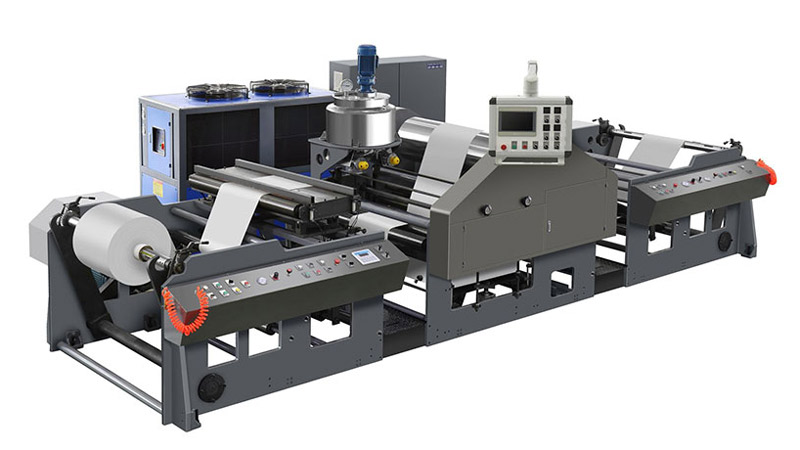Next: How to Tell if a Non-plastic Coating Machine Fits Your Packaging Production Line?
For beginners in packaging or protection, choosing a suitable wax coating machine is often confusing. Many don't know whether to prioritize material adaptability or end-product function alignment. This article breaks down key practical factors to help you decide, without complex jargon.
Matching the wax coating machine to your specific use is the first step—different scenarios demand different wax layer properties, which shapes your machine choice.
End-products need wax layers for different protection:
Food packaging (e.g., snack bags, baked goods cartons): Wax must resist moisture. The wax coating machine should use water-resistant wax and ensure an even layer to block moisture.
Metal part protection: Wax needs strong adhesion to metal. The machine should apply consistent thickness that won't peel.
Paper products (e.g., decorative paper): Wax boosts smoothness and wear resistance. The machine must control wax amount to avoid stiffening paper.
The material you'll coat determines compatible coating methods:
Paper/paperboard: Lightweight and absorbent. The wax coating machine should use gentle methods (e.g., roller coating) to avoid damage or uneven absorption.
Metal: Hard and heat-conductive. The machine may need slight wax heating adjustments for better adhesion.
Plastic films: Non-absorbent. The machine must control wax fluidity to prevent sliding or bubbling.

Once needs are clear, check if the machine's performance meets them.
Each method fits specific scenarios:
Roller coating: Even wax via rotating rollers—ideal for flat substrates (e.g., large paper, metal plates) and mass production.
Dipping coating: Substrates immersed in melted wax—good for small, irregular parts (e.g., metal fasteners) but low-efficiency for large/flat items.
Spraying coating: Atomized wax spray—suits complex shapes (e.g., curved plastic) but needs precise wax control to avoid waste.
Every scenario has a required thickness range:
Food packaging: Thin, even layers (5-15 microns)—machine should adjust within this range consistently (excess thickness harms flexibility).
Metal rust protection: Slightly thicker layers (20-30 microns)—machine's range should include this, with clear thickness display.
Small, easy-to-overlook details affect usability and durability:
Daily use leaves solidified wax on parts (e.g., rollers, nozzles). Machines with detachable, washable parts save cleaning time—critical if you switch wax types often (residue ruins next batches).
Applications use waxes like paraffin, beeswax, or synthetic wax—ensure the wax coating machine works with your chosen type. Mismatched machines cause uneven coating or malfunctions.
Choosing a wax coating machine doesn't need complex tech—follow three steps: clarify your application's protective needs and substrate, evaluate coating method and thickness control, and check cleaning ease and wax compatibility. These factors help you pick a machine that fits.
To view specific wax coating machine models and their parameters (e.g., coating method, thickness range), visit the company's product page.
GET A QUOTE